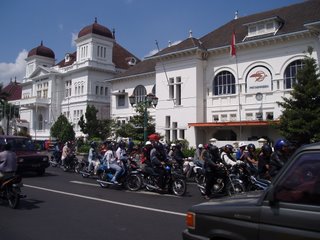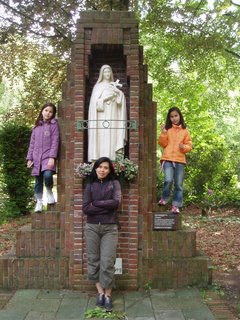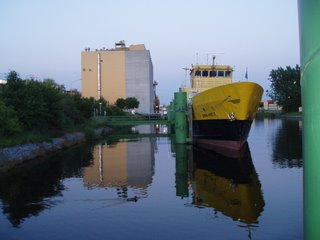A welcome interlude in the ceaseless round of combat missions was the visit 10 August by Bob Hope and his company, including Frances Langford, Jack Pepper, and Tony Romano. A delegation from the 325th Fighter Group met the actors at El Alouina Airport in Tunis and flew them back to Mateur in a B-25 bomber. After lunch in the Group Headquarters mess hall, the Hope company presented a performance on a temporary stage behind the big Nissen hut chapel. The visit of these entertainers was one of the biggest morale builders the group had had since leaving the States.
The above events had taken place during the first year of the 325th Fighter Group’s existence. And from a point of view of geography, they represented an odyssey that carried the group from one end of North Africa to the other on the heels of the retreating enemy. From the base at Tafaraoui where the three echelons, Air Flight, and Ground, had regrouped after the overseas trip, the group moved to Montesquieu on 7 April 1943. Here it remained until 6 June at which time it moved to Souk el Khemis, where it remained but 10 days. On 17 June it moved to Mateur, Tunisia and operated from the base that had been the target for its first mission.
On 5 July, command of the 325th Fighter Group changed when Lt. Colonel Gordon H. Austin was transferred to Command of the 319th Bomb Group. He was replaced by Major Robert L. Baseler, former Operations Officer and Commanding Officer, of the 319th Squadron.
By the end of the Sicilian Campaign on 17 August 1943, 325th Fighter Group had, in 4 months of combat established a record that was outstanding for so young a unit. Operating first under 2nd Air Defense Wing, of the 12th Air Force, and then under Northwest African Strategic Air Force, it had flown 110 missions, 3233 sorties, shot down 128 enemy planes, to its own loss of 26 P-40s, and escorted 1100 bombers without losing one to enemy aircraft action.
The final month of its operation with the P-40 discovered 325th Fighter Group engaging in the softening-up of the island of Sardinia. Engaging in bomber escort, strafing, fighter sweeps, and bombing missions, the P-40s were almost solely responsible for the capitulation of the Italian garrison on that island.
The period from 22 September through 31 October 1943 was one of transition both for the pilots and enlisted personnel who service the planes. New P-47 type aircraft arrived and were assembled at Casablanca, Algiers, and Bizerte; and then they were flown to the base at Mateur. Civilian technicians and test pilots were attached to the group to instruct flyers and to test planes. Lectures, distribution of printed matter, and actual operation of the new planes were the principal methods of instruction. With the arrival of high-flying P-47s came a change of assignment for the group from the 42nd Medium Bomb Wing to the 5th Heavy Bomb Wing.
During this period a series of forums for all personnel was instituted. Topics chosen concerned current events and progress of the war. These were very beneficial in that they acted as a mental stimulant at as time when there was no combat operations.
On 27 September, the groups was visited by Major General James J. Doolittle. The leader of the first formation to bomb Tokyo presented Distinguished Flying Crosses to Lt. Colonel Robert L. Baseler, Captain Herbert W.Andridge and Lt. Ebert W. Smith. The General also presented the Soldiers Medal to Sergeant James Johnstone.
The onslaught of North Africa’s rainy season rendered field and runway at Mateur #2 unsuitable for operations or training. On 4 November 1943, 325th Fighter Group moved to Soliman, Tunisia, where the transitional phase from P-40 to P-47 continued, and preparations started for a major move to Italy.
















































